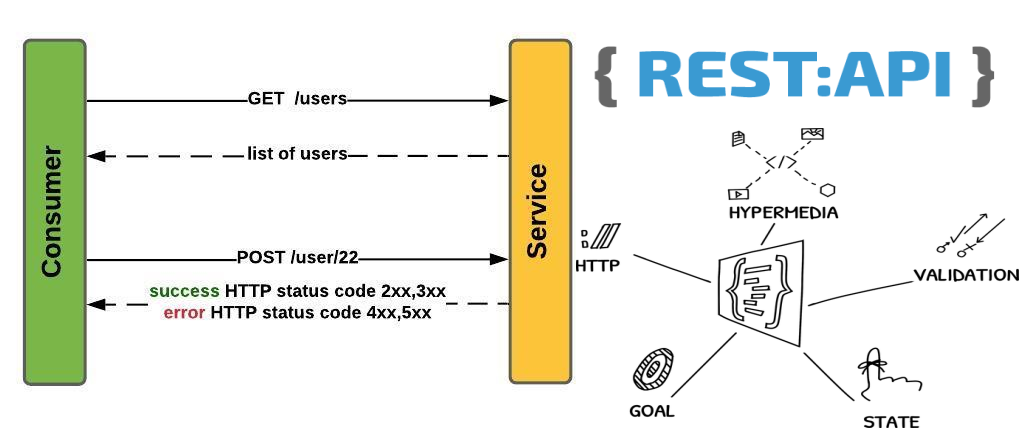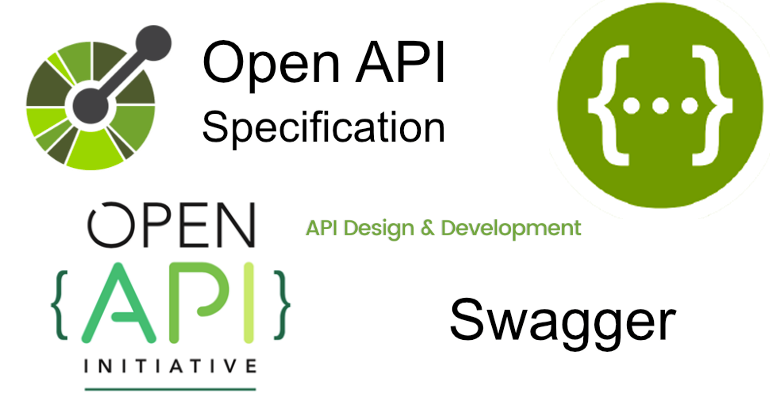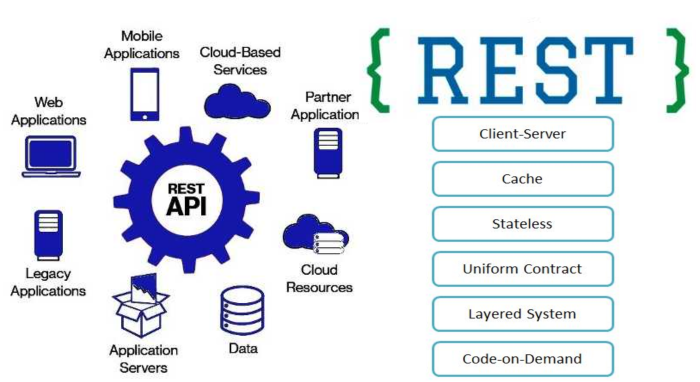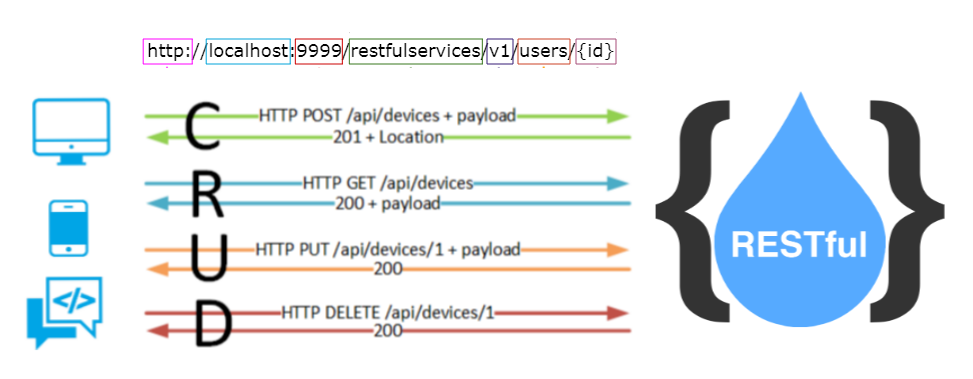
HATEOAS: Building Self-Documenting REST APIs That Scale (2025 Guide)
Master HATEOAS to build truly RESTful APIs that are self-documenting, evolvable, and loosely coupled. Includes practical examples with Spring Boot, common mistakes to avoid, and modern implementation patterns.






